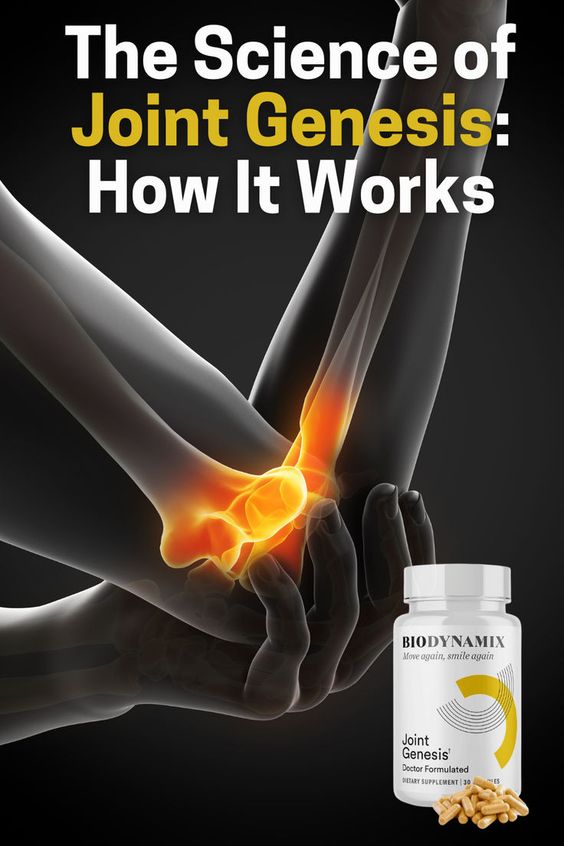Joint pain can be a debilitating condition, affecting daily activities and overall quality of life. It may arise from various causes, including arthritis, injuries, and overuse. Understanding how to manage and relieve joint pain is essential for maintaining mobility and comfort. This article explores practical strategies and lifestyle changes that can help alleviate joint pain.

Understanding Joint Pain
Before diving into solutions, it’s crucial to understand what joint pain is and its common causes. Joint pain refers to discomfort, aches, or soreness in any joint of the body, such as knees, hips, shoulders, and fingers. Conditions like osteoarthritis, rheumatoid arthritis, and tendinitis are frequent culprits.
Factors contributing to joint pain include:
- Injury: Trauma from accidents or sports can lead to acute pain.
- Inflammation: Conditions like arthritis cause swelling and pain.
- Overuse: Repetitive movements can stress the joints.
- Aging: Natural wear and tear on joints can lead to discomfort.
1. Maintain a Healthy Weight
One of the most effective ways to relieve joint pain, particularly in weight-bearing joints like the knees and hips, is to maintain a healthy weight. Extra pounds increase the pressure on these joints, exacerbating pain and discomfort.
Action Steps:
- Balanced Diet: Focus on whole foods, including fruits, vegetables, whole grains, lean proteins, and healthy fats.
- Regular Exercise: Incorporate low-impact exercises such as swimming, walking, or cycling to manage weight without stressing the joints.
2. Exercise Regularly
While it might seem counterintuitive, regular physical activity is essential for joint health. Exercise strengthens the muscles around the joints, improves flexibility, and can help reduce pain.
Types of Exercise:
- Low-Impact Aerobics: Activities like swimming or cycling are easy on the joints.
- Strength Training: Building muscle around joints provides support and stability.
- Flexibility and Stretching: Yoga and stretching exercises enhance mobility and reduce stiffness.
3. Use Hot and Cold Therapy
Heat and cold treatments can significantly relieve joint pain. Each method serves a different purpose and can be effective depending on the situation.
Hot Therapy:
- Heat Pads or Warm Baths: Helps relax and soothe stiff muscles and joints.
- When to Use: Best for chronic pain, muscle stiffness, or tension.
Cold Therapy:
- Ice Packs: Reduces swelling and numbs sharp pain.
- When to Use: Effective for acute injuries and inflammation.
4. Stay Hydrated
Hydration plays a crucial role in joint health. Water helps lubricate joints and maintain their function. Dehydration can lead to increased friction between joints, exacerbating pain.
Tips:
- Drink Plenty of Water: Aim for at least 8-10 glasses of water daily.
- Limit Dehydrating Beverages: Reduce intake of caffeinated and alcoholic drinks.
5. Consider Dietary Supplements
Certain dietary supplements may help relieve joint pain and improve joint function. However, it’s essential to consult a healthcare provider before starting any new supplements.
Common Supplements:
- Glucosamine and Chondroitin: Often used for osteoarthritis; may help rebuild cartilage.
- Omega-3 Fatty Acids: Found in fish oil, these can reduce inflammation.
- Turmeric (Curcumin): Known for its anti-inflammatory properties.
6. Manage Stress
Stress can exacerbate pain perception and inflammation in the body. Finding ways to manage stress is vital for overall health and can significantly impact joint pain relief.
Stress-Relief Techniques:
- Mindfulness and Meditation: Practices that promote relaxation and reduce stress.
- Breathing Exercises: Simple techniques to calm the mind and body.
- Engaging in Hobbies: Activities you enjoy can distract from pain and reduce stress levels.
7. Consult a Healthcare Professional
If joint pain persists or worsens, it’s crucial to seek professional advice. A healthcare provider can diagnose the underlying cause of joint pain and recommend appropriate treatments.
Potential Treatments:
- Physical Therapy: Tailored exercises and stretches can improve joint function and reduce pain.
- Medication: Over-the-counter pain relievers, like ibuprofen or acetaminophen, can help manage pain. Prescription medications may be necessary for chronic conditions.
- Injections: Corticosteroid injections may provide temporary relief for inflammation and pain.
8. Explore Alternative Therapies
Many individuals find relief from joint pain through alternative therapies. While scientific evidence may vary, these approaches can complement traditional treatments.
Options to Consider:
- Acupuncture: May help reduce pain and improve joint function.
- Chiropractic Care: Focuses on spinal alignment, which can impact joint health.
- Massage Therapy: Helps relax tight muscles and improve circulation around joints.
9. Practice Good Posture
Maintaining proper posture during daily activities can alleviate stress on joints. Poor posture can lead to muscle imbalances and increased joint pain.
Tips for Good Posture:
- Sit and Stand Tall: Keep your shoulders back and head level.
- Ergonomic Workspaces: Adjust your chair and desk height to maintain a comfortable posture.
Conclusion
Living with joint pain can be challenging, but implementing the strategies discussed in this article can help manage and alleviate discomfort. From maintaining a healthy weight and exercising regularly to utilizing hot and cold therapies and seeking professional guidance, there are numerous ways to improve joint health. Remember, it’s essential to listen to your body and consult a healthcare professional when necessary. By taking proactive steps, you can enhance your quality of life and keep your joints functioning optimally.